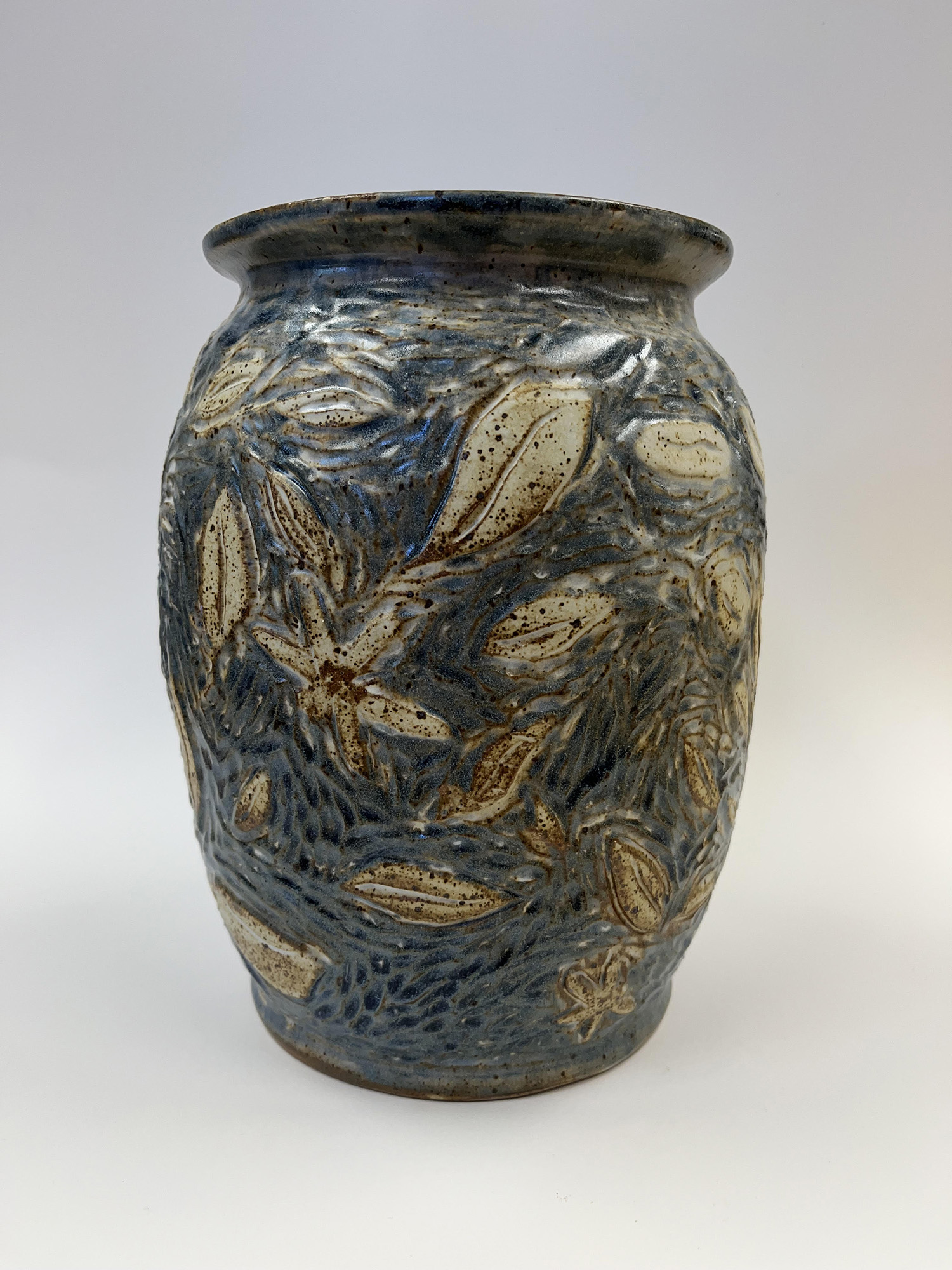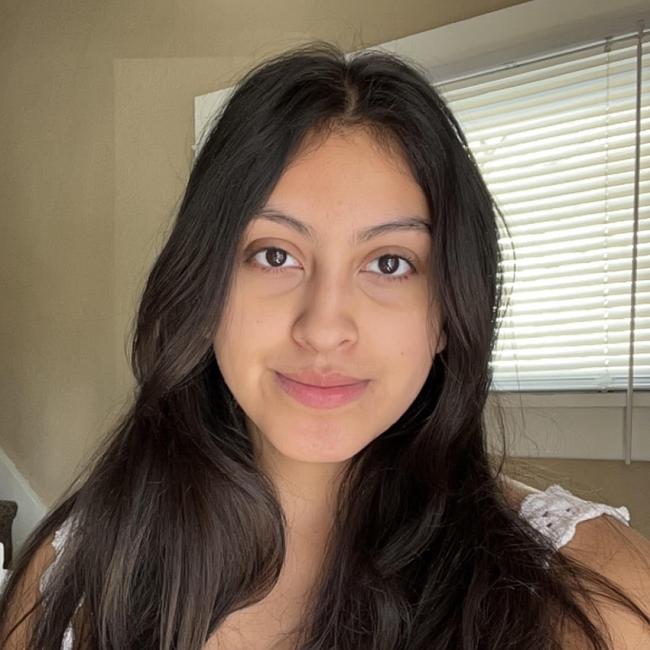Emily Torres: Dragonfly's Garden

Dragonfly's Garden
Emily Torres
Ceramic, 10 x 6 inches
Emily Torres is a senior from Carpentersville, Ill., majoring in studio art and international business-marketing.
Artist statement
Natural Impressions
Like many things in life, my journey with ceramics was based on happenstance. Prior to my freshman year, metalwork was my preferred art form. However the course was no longer an option at Augustana. Accepting what I thought was defeat, I enrolled in my next choice, wheel throw ceramics. Unbeknownst to me, what began as a substitution would quickly spiral into an unconditional love for the medium. There is a sort of magic to be able to feel your vision come to life in your hands and to create beauty from nothing. Pottery is alive, it has a memory, it grows, shrinks, mimics your every move, and it is overly empathetic. I often ask myself who I would have been without ceramics, or even who I was before it. Regardless of every possible path I could have taken in life, I believe in every version of my existence I would have found my way back to this art form.
As a ceramicist, I find myself continuously drawn to the inimitable beauty of the natural world. I am fixated on nature themes during my creative processes, I find inspiration in the intricate patterns, colors, and forms found in the environment. Whether it is the gentle curve of a leaf, the complexity of a forest, or the randomness of a shoreline, the natural world provides an abundance of beautiful and at times, unpredictable figures. My artistic practice is an attempt to capture the essence of these natural wonders and present them in a tangible, functional, and aesthetic form. My choice of medium furthers this theme of nature through its already earthy origins and allows me to reanimate nature in a new three-dimensional approach.
The elements I will focus on are the use of cyanotype, texture, and glaze. Traditionally used in making blueprints, the cyanotype technique uses light-sensitive chemicals to create cyan-blue images on a flat surface, typically paper. Both mediums are relatively incompatible.

They were not created for each other, yet they are beautiful together. This combination allows me to depict the ever-changing, ephemeral qualities of natural forms in a medium known for its permanence. Texture plays an important role in my artistic narrative, through intentional alterations of the surface, I want the observer to be able to "feel" the art with their eyes. The use of texture takes on a new role when introduced to glaze. The glaze can reshape the silhouette and sometimes even makes the piece better in unexpected ways. The beautiful randomness of nature can not be recreated, but through my best effort I will try to dignify its beauty.
